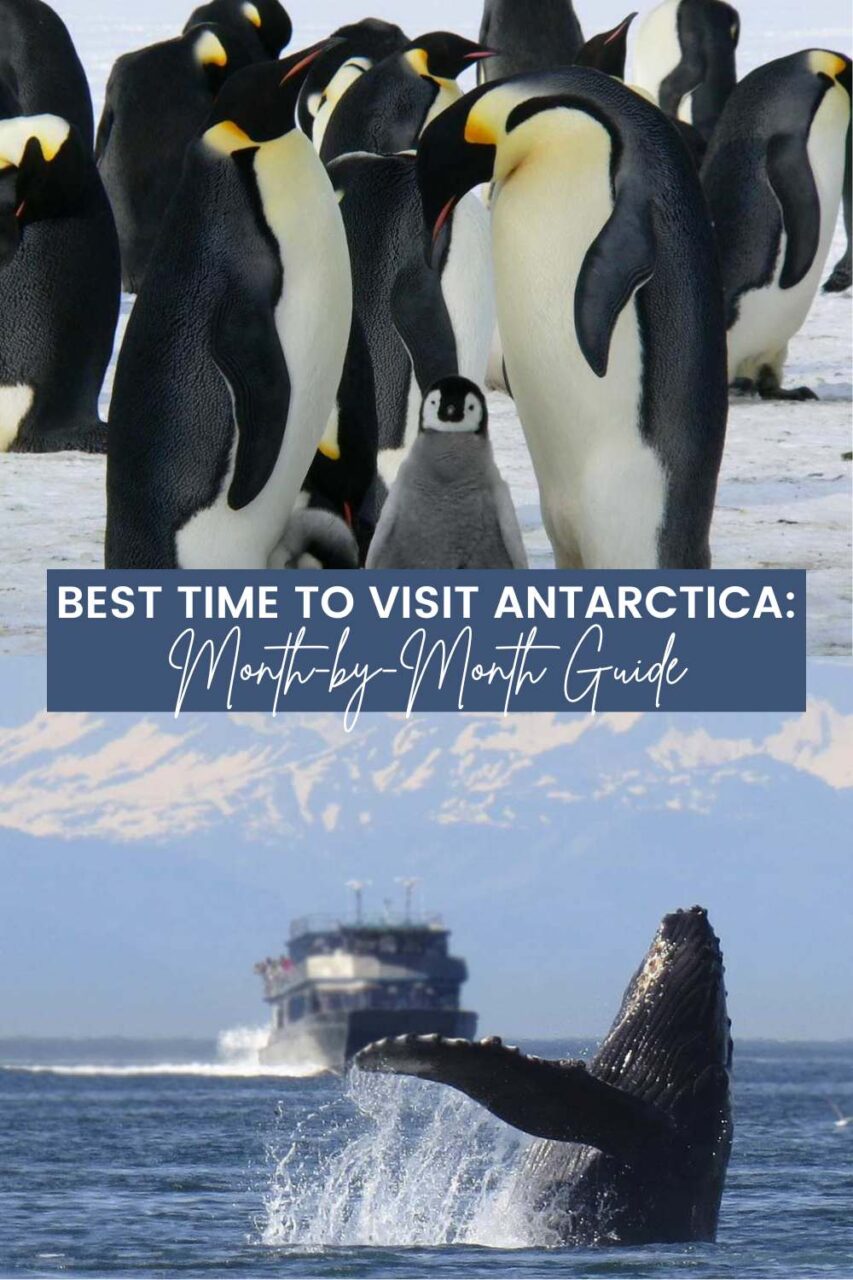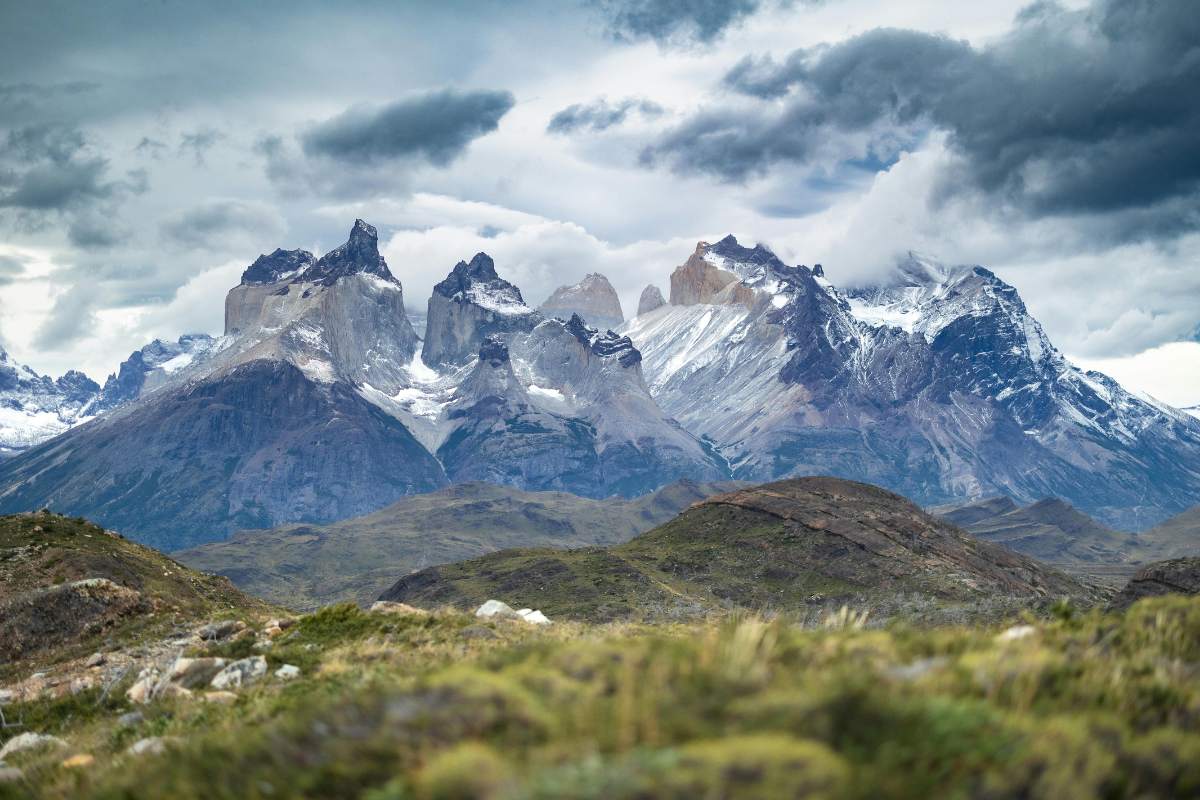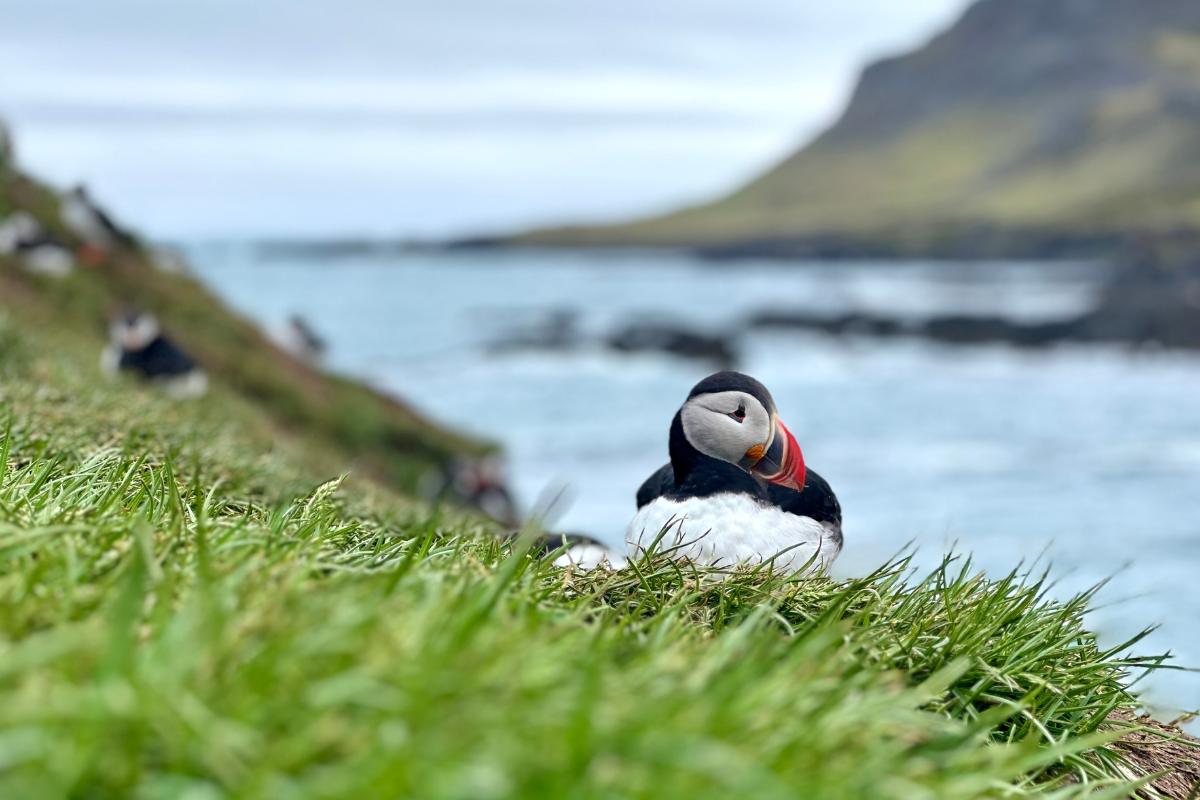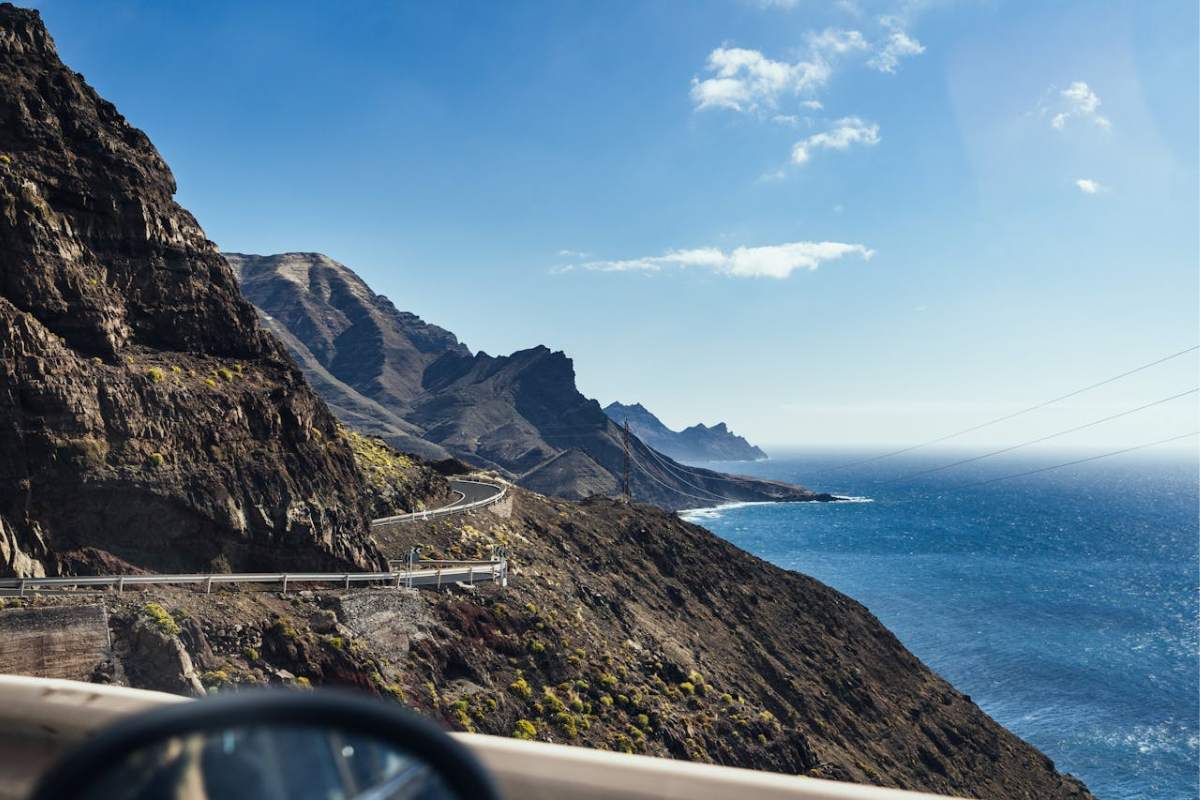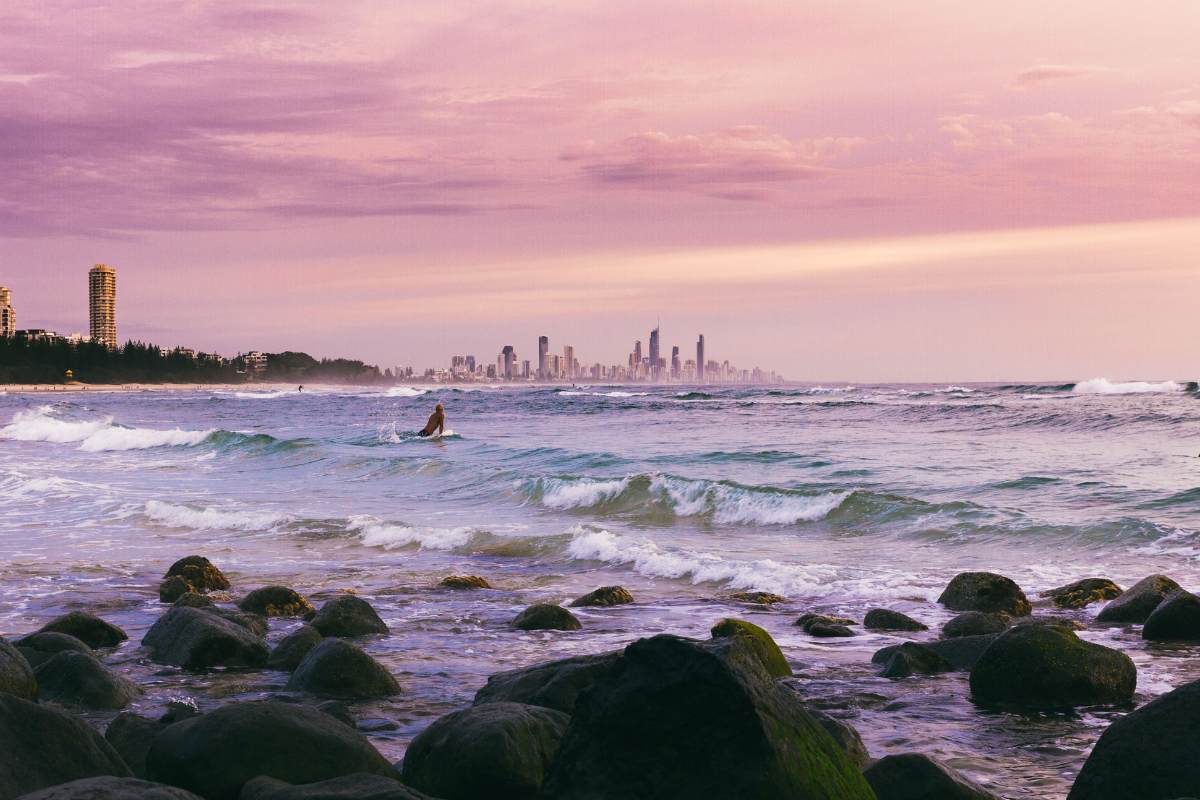Planning a trip to Antarctica requires considering many factors, but one of the biggest decisions is timing. This remote, icy continent may not have typical tourist seasons, but each part of its short summer offers something unique.
From dramatic landscapes to bustling wildlife, the best time to visit Antarctica depends on what you want to experience most. Here’s a breakdown of what each month of the Antarctic summer has in store, so you can choose the perfect time for your Antarctica cruise.
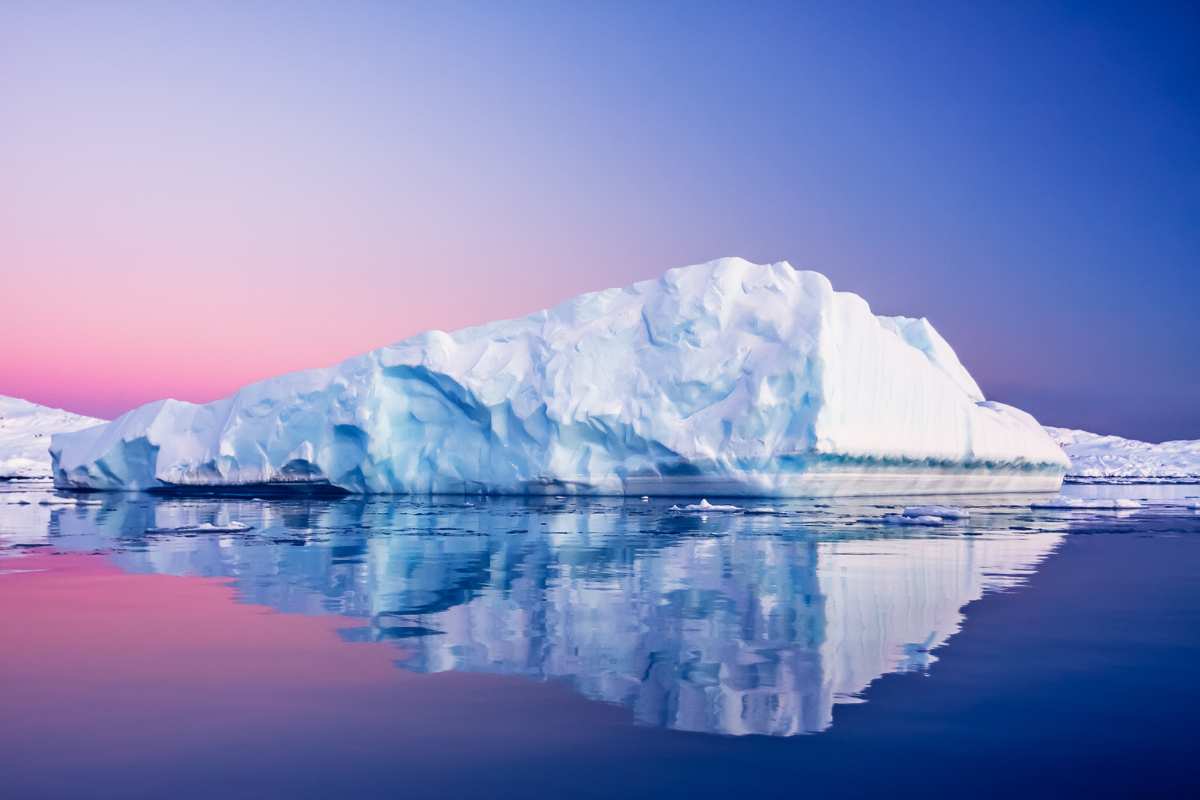
November: The Start of the Antarctic Summer
November kicks off the cruising season in Antarctica. Spring transitions into summer, and as ice begins to break up, ships can finally navigate this icy region.
The landscapes are pristine, blanketed in fresh snow and untouched icebergs. Early November is quieter with fewer tourists, making it perfect if you prefer solitude. Temperatures hover around freezing, and while it’s chilly, the snow-covered vistas are truly magical.
Wildlife sightings start to pick up in November. Penguins return to nest, and seals are commonly spotted on ice floes. This month is ideal for photographers seeking untouched scenes and travelers wanting a peaceful experience.
Wildlife Highlights: Penguins begin nesting, and seals are often seen. Seabirds like skuas and petrels are also returning.
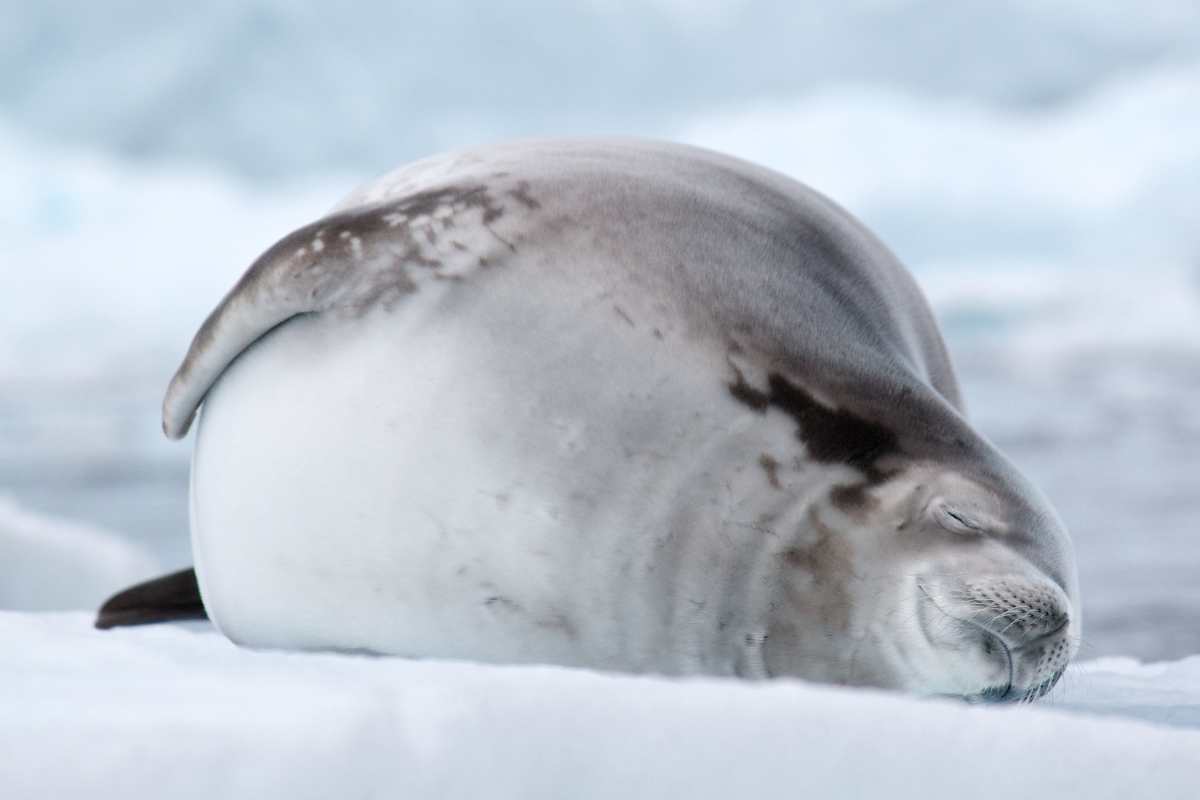
December: Peak Wildlife Activity and Endless Days
December is one of the most popular times to visit Antarctica. With temperatures rising slightly, days extend to nearly 24 hours of daylight. Known as the “white nights,” this season allows for long exploration days.
Penguin colonies are bustling as adults build nests and nurture their young. Seals are spotted basking on ice floes, while the first whales begin to arrive, drawn by the krill-rich waters of the Southern Ocean. The combination of abundant wildlife and warmer days makes December perfect for photographers and nature lovers alike.
Wildlife Highlights: Penguins are busy in colonies, and seal sightings are frequent. By mid-December, whales like humpbacks and minke whales begin to arrive.
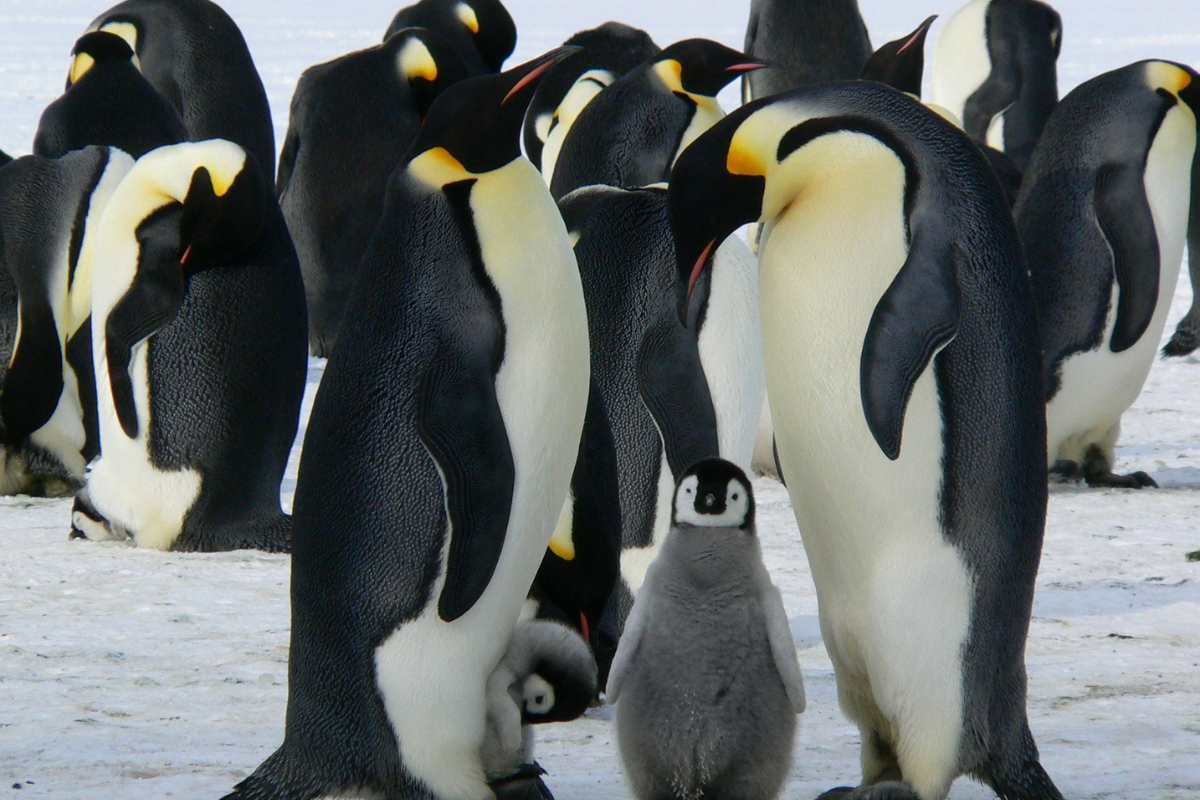
January: The Heart of Antarctic Summer
January is the height of summer in Antarctica, with milder temperatures and long, bright days. Often considered the warmest month, January offers temperatures between 0°C and -5°C, making it comfortable for outdoor activities like hiking and kayaking.
For wildlife enthusiasts, January is magical. Penguin chicks are visible throughout the colonies, curious and often waddling close to visitors. Seal pups start to appear, and whale sightings increase as humpbacks, orcas, and minke whales arrive in greater numbers. With thriving wildlife and milder weather, January is the busiest month for cruises, so book early if January is your target.
Wildlife Highlights: Penguin chicks are active, seal pups are visible, and whale sightings are frequent. It’s common to see humpbacks and orcas breaching in icy waters.
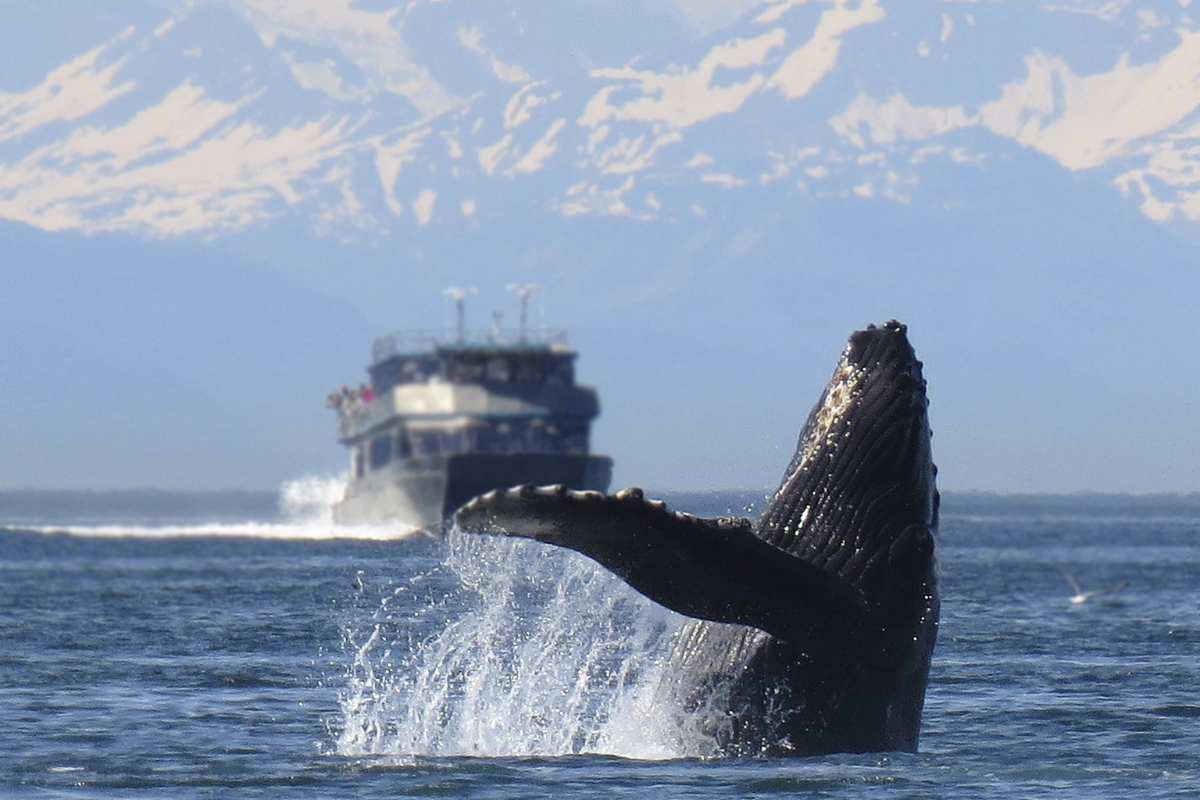
February: Prime Whale-Watching Season
February is fantastic for whale-watching. This is peak feeding time for whales in Antarctic waters, so humpbacks, minke, and orcas are commonly spotted feeding, breaching, and even swimming close to boats.
Penguin chicks are maturing, losing their fluffy down feathers and preparing for their first swims. February’s weather remains mild, and with the ice continuing to recede, ships can access parts of Antarctica that were inaccessible earlier in the season. This month is ideal for travelers wanting to see whales and experience more remote exploration.
Wildlife Highlights: February is prime whale-watching, with frequent sightings of humpbacks, minke, and orcas. Penguin chicks are molting, and seal sightings remain common.
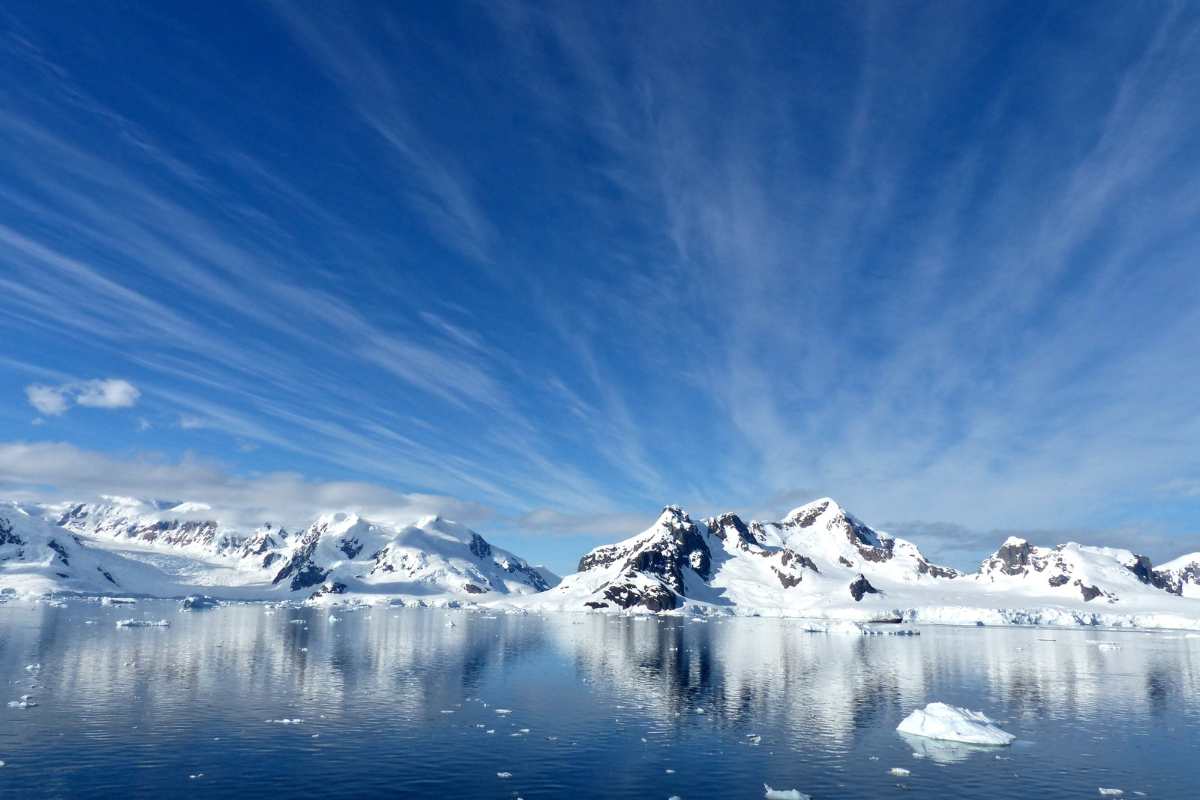
March: Wrapping Up the Antarctic Season
March marks the end of the Antarctic travel season. Temperatures begin to drop, and fewer tourists mean quieter landscapes. The atmosphere feels serene as the Antarctic summer wraps up, creating an unmatched sense of solitude.
Penguin colonies begin to thin as adult penguins start heading out to sea. There may still be a few lingering chicks and parents preparing to leave. Seals are frequently seen, though they’re beginning to scatter with the changing temperatures. Whale-watching remains excellent, as many species actively feed before migrating north. The soft, late-season light creates beautiful skies, perfect for capturing Antarctica’s icy landscapes.
Wildlife Highlights: Whales are still the main attraction. Seals are commonly seen, and late-season penguins with maturing chicks linger in certain colonies.
Which Month is Right for You?
Each month in Antarctica’s summer has something special to offer. When you choose to visit depends on your interests:
- For Photographers: November’s untouched landscapes and fresh snow are stunning. December and January offer perfect light and plenty of wildlife activity.
- For Wildlife Lovers: December and January bring bustling penguin and seal colonies, while February is ideal for whale-watching.
- For Solitude Seekers: November and March offer fewer tourists, providing a quieter experience.
Antarctica really has no “bad” time to visit. Whether you’re drawn to the vibrant landscapes of early summer, the lively wildlife of mid-season, or the peaceful solitude of March… Each month reveals a different side of this remote wilderness.
Planning an adventure holiday? Read these articles next:
- Ultimate Guide to Climbing Kilimanjaro: Choosing Your Route for the Adventure of a Lifetime
- Guide to Adventure Holidays in Asia
- A Volcanoes Bucket List: 10 You NEED to See
Enjoyed this article on best time to visit Antarctica? Pin it!
